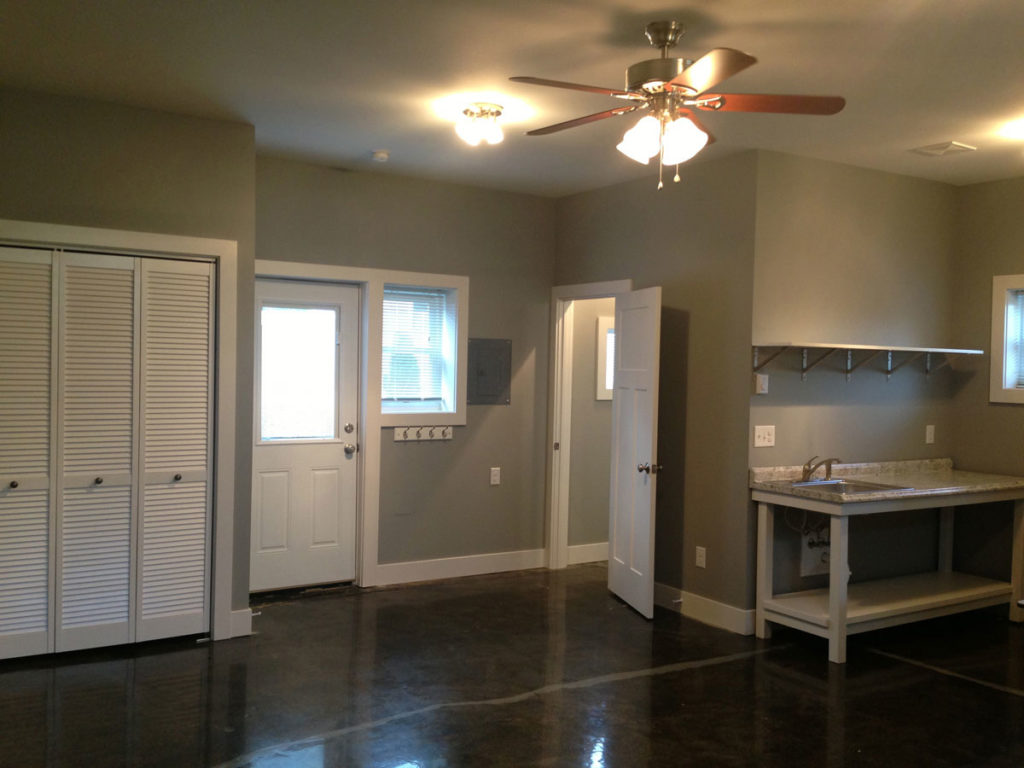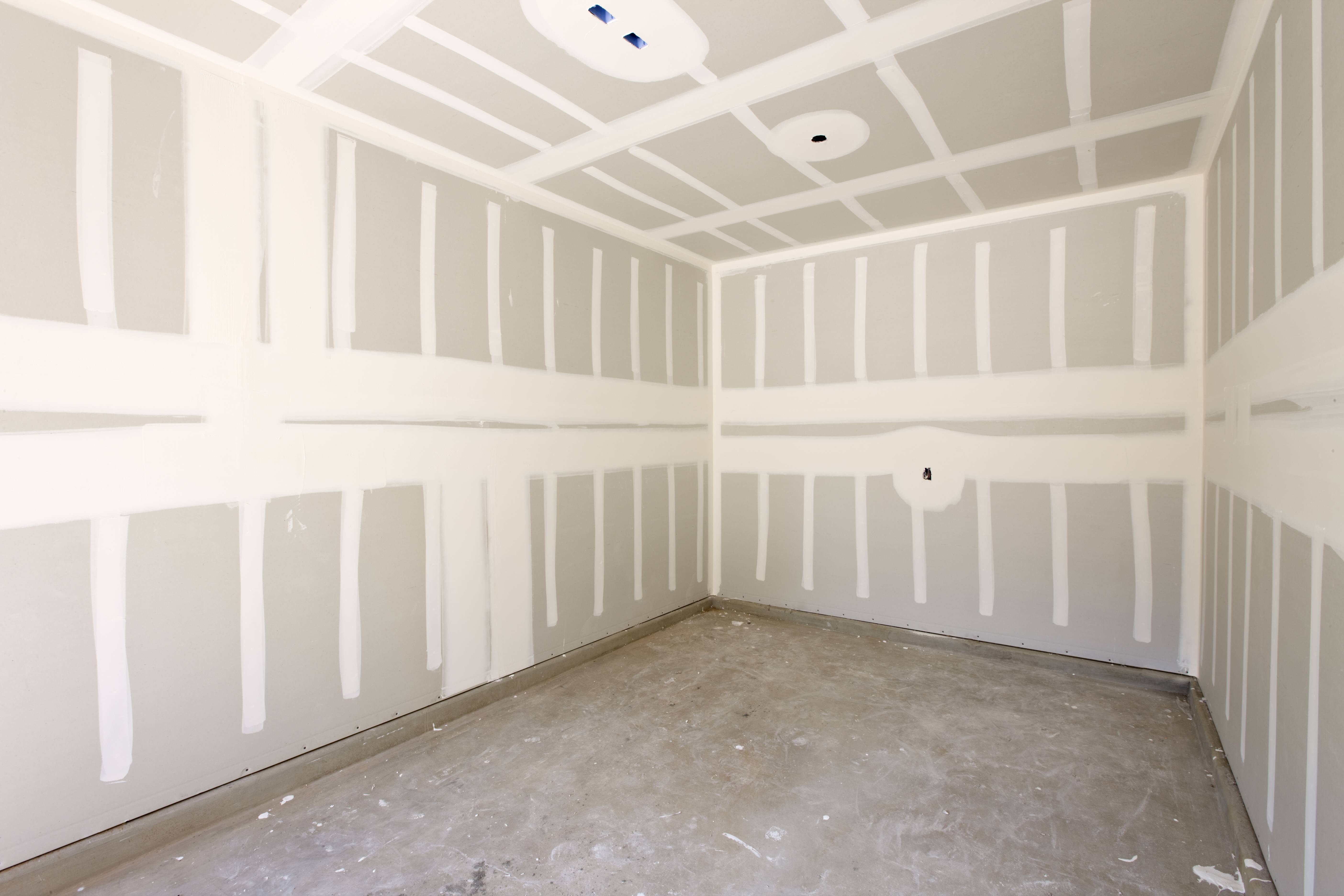
A barndominium is a great option for those who are looking to buy a home but don't have the time or money to build one. These structures can hold RVs and provide living spaces. These structures can be made from steel, aluminum or wood and can be customized to meet your needs. Some look like large sheds while others look more like homes.
Many barndominiums include open carports to accommodate your RV. They are convenient and can protect your RV from the elements. For a traditional look, you can opt for windows that let in light or a faux-wood exterior. Its strong and pest-resistant steel construction can be customized according to local building codes.
There are many styles of barndominiums, including rustic, farmhouse, and shabby chic. These are great for RVers who live full-time. Depending on the plan you choose, you can add a garage and / or bunkhouse. Each style has its pros and cons.

The farmhouse-style plans have a front porch, vaulted great rooms, and ample storage. Barndominiums can be custom-built for RVs, so the structure will be designed for your particular needs. There are many construction companies that offer plans for RV garages and barndominiums.
The majority of these barndominiums have been constructed from steel. This makes them durable, fire-resistant and mold-resistant. You can make your barndominium more personal by adding skylights or windows. The cost of maintaining steel and aluminum structures is lower than those made from steel. They are also easy to customize so that you can achieve the look you want.
Some barndominiums have been designed to be turned into residences. While this is more affordable than building your own home, it may mean that you still need to make the final payment. On the same site as an existing barn, other barndominiums may be constructed. Contact a contractor to discuss the benefits and costs of building a barndominium.
These structures aren't for everyone, but they have their many benefits. For example, if you have children who enjoy a lot of late nights escapades, it is important to consider the distance between bedrooms and extracurricular activities. It is also important to consider how far you can walk to the kitchen or laundromat. The traffic flow is another important consideration.

It may be difficult to find campgrounds which allow you to keep your RV inside a barndominium if you're a full-time RVer. Some RV owners have built their own barndominiums. However, financing a home is more difficult. You can still own a barndominium if your budget is flexible.
For people who want more space than what they have in their house, RV barndominiums can be a great option. These can be constructed faster than a house and can be made from cheaper materials.
FAQ
What is the difference in a remodel and a renovaton?
A remodel is a major change to a room or part of a room. A renovation involves minor changes to a specific room or part of it. A bathroom remodel, for example, is a major undertaking, while a new sink faucet is minor.
Remodeling is the process of changing a room or part of it. A renovation involves only changing a portion of a room. A kitchen remodel might include the replacement of countertops, sinks as well as appliances, lighting, and other accessories. You could also update your kitchen by painting the walls, or installing new light fixtures.
What order should you renovate your house?
The roof. Second, the plumbing. The third is the electrical wiring. Fourth, the walls. Fifth, the floors. Sixth, are the windows. Seventh, doors. Eighth is the kitchen. Ninth are the bathrooms. Tenth, the garage.
Finally, you'll be ready for the attic after you've done all these things.
You can hire someone who will help you renovate your house if you are not sure how. Renovations take time, patience, and effort. It will also cost money. Don't be discouraged if you don’t feel up to the task.
While renovations can be costly, they can help you save a lot of money over the long-term. Beautiful homes make life more enjoyable.
How much would it cost to gut a home vs. how much it cost to build a new one?
The process of gutting a house involves removing all contents inside the building. This includes walls, floors and ceilings, plumbing, electrical wiring and appliances. Gutting is done when you want to make some modifications before moving in. Gutting a home is typically very expensive because so many things are involved in doing this work. The average cost to gut home ranges from $10,000 to $20,000, depending on your job.
A builder builds a home by building a house frame-by-frame, then adds doors, windows, doors and cabinets to the walls. This is done usually after purchasing lots. It is usually cheaper than gutting a house and will cost around $15,000 to $30,000.
It comes down to your needs and what you are looking to do with the space. If you are looking to renovate a home, it will likely cost you more as you will be starting from scratch. It doesn't matter if you want a home built. You can build it the way you want it instead of waiting for someone else to come in and tear everything up.
Is $30000 enough to remodel a kitchen?
You can expect to pay anywhere from $15000-$35000 for a kitchen overhaul, depending on how much money you have available. You can expect to spend more than $20,000. If you are looking for a complete overhaul of your kitchen, it will cost more. A complete kitchen remodel will cost more than $20,000. However, updating appliances, replacing countertops, or adding lighting can be done for under $3000.
An average full-scale remodel costs $12,000 to $25,000 There are many ways to save money and not compromise on quality. One example of this is installing a sink, instead of replacing the old one. It costs about $1000. You can also buy used appliances at half the cost of new ones.
Kitchen renovations are more time-consuming than other types of projects. Plan accordingly. You don't want your kitchen to be finished halfway through.
Your best bet is to get started early. Begin looking at the options and getting quotes from different contractors. Then, narrow down your options based upon price, quality, availability.
Once you've found a few potential contractors, ask for estimates and compare prices. The lowest-priced bid isn't always the best choice. It is important that you find someone with comparable work experience to provide an estimate.
Make sure you include all extras in your final cost calculation. These extras could include labor and material costs, permits, or other fees. Be realistic about how much you can afford and stick with your budget.
You can be open about your dissatisfaction with any of these bids. If you don't like the first quote, tell the contractor why and give him or her another chance. Don't let pride stand in the way of saving money.
Are there any savings on a remodel of a bathroom or kitchen.
Remodeling a kitchen or bathroom is a costly undertaking. But considering how much money you spend on energy bills each month, it might make more sense to invest in upgrading your home.
You could save thousands each year by making a small upgrade. Simple improvements such as insulation of walls and ceilings can lower heating and cooling costs up to 30 percent. Even a simple addition can increase comfort and reduce resale costs.
It is essential to remember that renovations should be done with durable, easy-to-maintain materials. Materials like porcelain tile, solid wood flooring, and stainless-steel appliances will last longer and need fewer repairs than vinyl countertops.
You might find that upgrading to newer fixtures can cut down on utility costs. Low-flow faucets and showerheads can reduce water consumption by as much as 50%. By replacing inefficient lighting with compact fluorescent lamps, you can reduce electricity consumption up to 75%.
What are the most expensive expenses for remodeling a kitchen.
There are a few important costs to consider when renovating a kitchen. These include demolition, design fees, permits, materials, contractors, etc. These costs seem small when you look at them individually. These costs quickly multiply when they are added up.
The most expensive cost is probably the demolition. This includes the removal of old cabinets, countertops, flooring, and appliances. Then you have to remove the drywall and insulation. Finally, replace the items.
Next, an architect must be hired to create plans for the space. To ensure that the project meets all building codes, permits must be obtained. After that, you have to find someone to do the actual construction.
The contractor must be paid once the job has been completed. You could spend anywhere from $20,000 to $50,000, depending on how large the job is. It is crucial to get estimates from several contractors before you hire one.
These costs can be avoided if you plan. You may be able to negotiate better deals on materials or even skip some of the work. You can save money and time if you are clear about what you need to do.
Many people attempt to install cabinets themselves. This will save them money as they won't need to hire professional installation services. However, this can lead to them spending more to learn how to place cabinets. A professional will usually finish a job in half as much time as you would.
Another way to save is to purchase unfinished materials. Pre-finished materials such as cabinets should be inspected before you purchase them. You can use unfinished materials immediately if you buy them. And if something doesn't turn out exactly as planned, you can always change your mind later.
Sometimes, though, it doesn't make sense to go through all of this. Remember: the best way to save money on any home improvement project is to plan.
Statistics
External Links
How To
How to Remove Tile Grout from Floor Tiles
Most people are unaware of tile grouting. It is used in sealing joints between tiles. There are many types available today. Each is used for a specific purpose. Here we will show you how to remove tile grout from floor tiles.
-
First, you must ensure you have all the tools needed before starting this process. You will need a grout cutter and grout scraper.
-
Now, you will need to remove any dirt or debris from under the tile. Use the grout knife to remove the grout. Scrape away any remaining grout. It is important not to damage tiles.
-
After cleaning everything, take out the grout scraper. Use it to clean up any grout left behind. If there isn't any grout left, you can go to step 4.
-
Now you can get on with the next step. You can now take one of the rags, and soak it in some water. Make sure the rag is fully wet. Make sure the rag is completely dry after it has gotten wet.
-
Then, place the wet towel on the joint where tile meets wall. Continue pressing down on the rag until you see the grout begin to fall apart. Slowly pull the rug towards you, then continue pulling the rag back and forth until the grout has been removed.
-
Continue repeating steps 4 through 5 until all grout is removed. Rinse the ragout and repeat the process if necessary.
-
After you have removed grout, dry the tiles by wiping them with a damp cloth. Allow to dry completely.